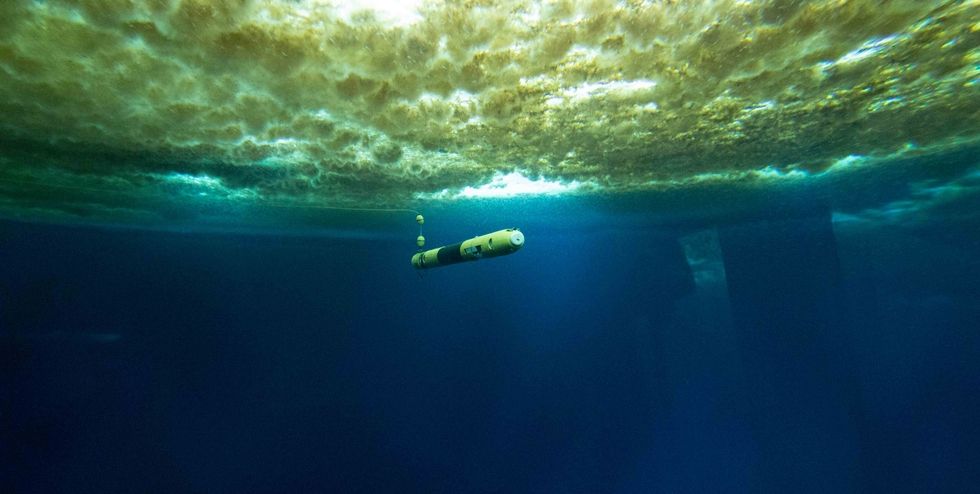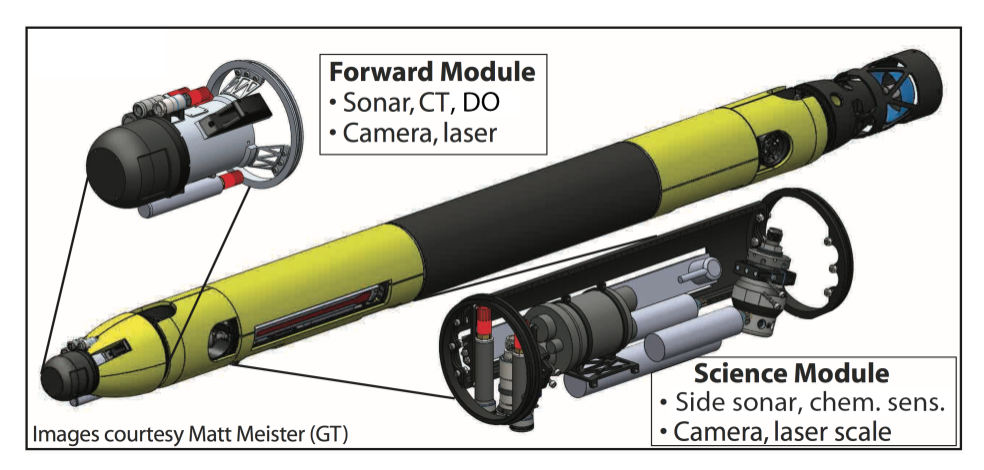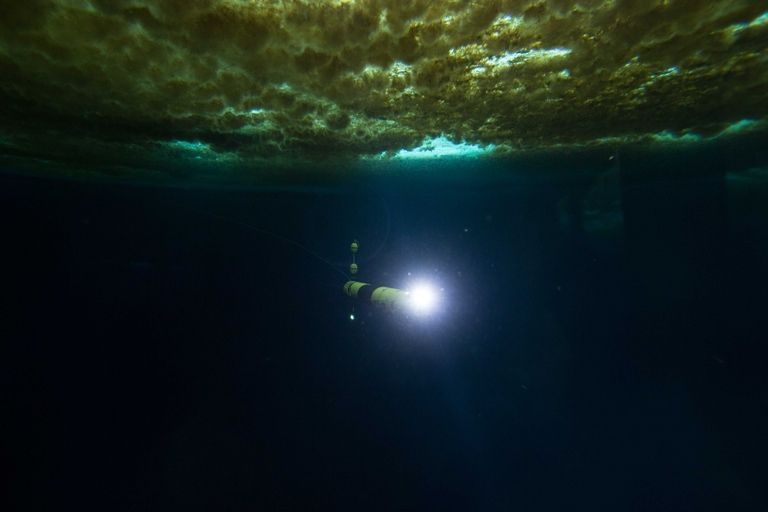The probe to search for life on Europe, the satellite of Jupiter, is tested in the Antarctic

The fact that on Europe, the satellite of Jupiter, can be life, they have been talking for a long time. Actually, the same is said about Enceladus and some other satellites of the planets of the solar system (even about Charon!). But nevertheless it is to Europe that the eyes of scientists are turned , and among all the plans to visit potentially inhabited worlds, the most are theories about the possibility of flying to Jupiter’s satellite.
Now this project is becoming more and more real, experts from Georgia Tech have even developed a special underwater robot. This device is able to plunge under the ice and start exploring everything that is around. Perhaps, once such a robot will be able to prove that there is life on the planetoids of the solar system.
The prototype device is now being tested in the Antarctic working environment. The conditions here are most similar to "European". For three months, Britney Schmidt of the University of Georgia, together with her team, tested a robot called Icefin. The main purpose of the underwater drone is the search for subglacial life.
Icefin can penetrate small holes in the ice, perhaps it is these that form in the ice crust of Europe. At the same time, we use a robot to better understand what is happening under the ice in the Antarctic and how these processes can influence the biocommunities, "says Schmidt.

Most of the drone is like a torpedo, as, indeed, many other underwater robots. The length of the device is 3 meters. The development of the robot began in 2014, at the same time it was reported that a torpedo-shaped robot is a NASA project, and this robot will be used to test the viability of the technology. Now this program is called the Ross Ice Shelf and Europa Underwater Probe (RISE UP). NASA funds three expeditions to the Antarctic to conduct Icefin tests in extremely cold conditions.
New sensors have been added to the robot to track organics, as well as taking measurements, the results of which may indicate the presence of life. In particular, these are acidity levels and the concentration of oxygen dissolved in water. You can not know for sure, but there is an assumption that life on other planets also changes these parameters, so that conducting underwater water tests can indirectly indicate the presence of living beings.
“We saw that Icefin is very good at floating, using all the scientific tools provided, so that he was able to get data from three different locations. The robot acted on the shelf and relatively large depths (530 and 800 meters). He also learned the language of the Erebus Glacier, ” said the project participants.
The new drone is much smarter than the first prototype. He is able to work in conditions of autonomy, which is required in Europe. The robot must operate at a distance of about 800 million kilometers from Earth and be able to operate in fully automatic mode. Scientists take the risk of losing the apparatus, but it is impossible to do otherwise, because controlling a robot under the ice from a great distance is impossible.
One of the tasks that scientists set when conducting tests in Antarctica is to check the accuracy of the robot’s readings. Experts checked all the results of analyzes provided by Icefin. After all, it would not be too nice to know that the device, which cost many millions of dollars (or even billions), and sent to Europe, works there successfully, but sends incorrect measurements.
At the same time, emergency situations are not excluded. “The most frightening moment for us was a system error, as a result of which the main computer of the robot was disconnected. Everything was decided almost immediately - the computer turned on, but if it happened in Europe, everything could turn out to be much more serious, ”says Schmidt. Scientists need to explore all the weak points of the system in order to be able to create a reliable robot that can work independently without problems.

Over the next nine months, scientists will add a few more tools to the functionality of the robot, perhaps even a microscope. The next phase of research, which will begin in October, will directly concern Icefin's autonomy, as mentioned above. The third test program, the final one, will aim to test the ability of the robot to “make decisions” itself. That is, choose a place to explore, the route and the like.
In Antarctica, the robot was able to find many interesting life forms. Obviously, they are all known to scientists, but it’s not less interesting to watch them. In general, it all looked like a real dive under the ice of another planet.
All Articles